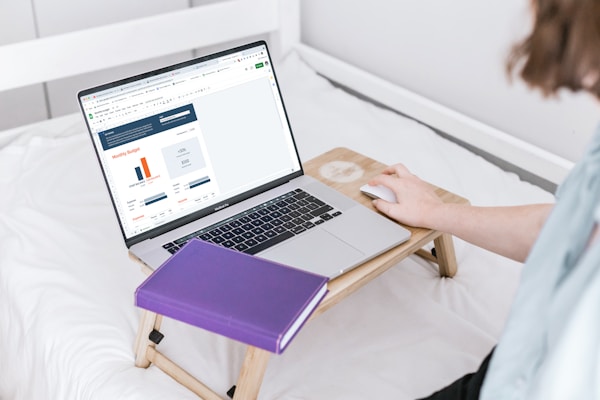A realistic house budget is important to have in place so that you can adequately plan for your home expenses. Here are a few tips to help you create a realistic budget:
Determine what you can afford.

When determining how much you can afford to spend on your home each month, it’s important to take a realistic look at your budget and factor in all of your regular expenses, as well as any one-time costs associated with purchasing or renovating a home.
To start, list all of your monthly expenses, including your housing costs, utilities, and amenities. When looking at the cost of housing, it’s important to consider all of the associated expenses. Mortgage payments, property taxes, and homeowner’s insurance are all important factors to consider when budgeting for your home. Utilities are a necessary part of life, and most people rely on them to keep their homes running smoothly. Heating, electricity, water, and garbage collection are all necessary utilities that most people use on a daily basis. Each of these come with costs which need to be factored into your home budget. You’ll also want to consider amenities like internet or phone service in your calculations.
House hunt in your price range.
Once you have a good idea of these regular monthly expenses, you can start to narrow down your search for a home. Keep in mind that your housing costs should not exceed 30% of your monthly income, and ideally, should be much lower. So, if your total monthly expenses come to $3,000, you should look for a home that costs no more than $900 per month.
If you’re buying a home, there are also a few one-time costs you need to factor in. These costs can vary depending on the type of home you buy, but typically include both your down payment and renovation costs.
When buying a home, you’ll need to come up with a down payment. This is the amount of money you pay upfront to purchase a home. The down payment can be a percentage of the home’s purchase price, or it can be a set amount of money.
No one ever moves into a new home and thinks, “This place is perfect, just the way it is!” More likely, you’ll quickly realize that your new home needs some repairs and renovations. And if you’re like most people, you’ll want to get those repairs and renovations done as soon as possible. But before you start picking out paint colors and flooring, you need to budget for those repairs and renovations. Shop around for the best Arlington Heights window replacement company and get an estimate for your first remodel project.
Find ways to cut costs.

There are a lot of ways to cut costs in your home budget. Here are a few tips:
Reduce your energy usage.
Turn off lights and appliances when you’re not using them, and make sure your home is properly insulated to keep heating and cooling costs down. Similarly, pay attention to your water use to decrease these expenses—and help the environment in the process.
Negotiate lower rates with your cable, internet, and phone providers.
Many companies are willing to work with customers who are willing to negotiate. Better yet, consider switching to a more budget-friendly service provider, like Spectrum San Antonio. You may even be able to bundle some of these services to get the most bang for your buck.
Be mindful of your spending.
Track where you’re spending your money, and see if there are any areas where you can cut back. You may be surprised by the purchases you make without thinking.
When you successfully stick to your budget and achieve your financial goals, be sure to celebrate your accomplishments! This will help keep you motivated and on track for future successes.

